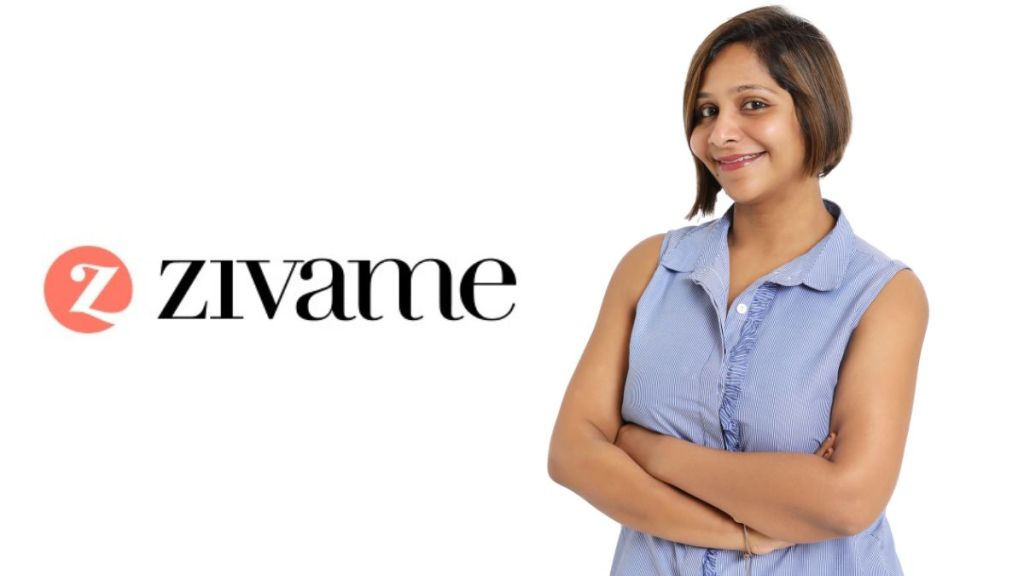The pandemic has brought about notable shifts across industries, and the case has been no different for marketing. Today, digital marketing has become a crucial aspect in order to acquire new customers and retain existing ones. In our weekly BrandWagon Ad Talk series, industry experts highlight what has changed over the past two years and more importantly, are these changes here to stay. Khatija Lokhandwala, head of marketing, Zivame, talks to BrandWagon Online, about the dos and don’ts of digital marketing, best marketing campaigns, and more.
What is the difference between launching a brand in today’s digital era versus earlier?
In today’s digital environment, achieving success for brands necessitates a deep comprehension of competitive forces, adept utilisation of digital media and social platforms to establish and sustain consumer connections, and an acute awareness that we are now, more than ever operating in a consumer-centric world.
In the current landscape, an abundance of brands offers consumers an extensive range of choices. The power now firmly resides in the hands of customers, necessitating that brands stay attuned to their continually shifting preferences. Consumers still want a brand they can trust and products they like. The shift lies in pinpointing when and where they are most receptive to influence and adapting your engagement strategies accordingly during these moments.
The places where consumers engage with brands have evolved significantly, demanding a significant shift in marketers’ strategies and budgets to align with where consumers are now dedicating their time and attention. In today’s digital world, consumer advocacy has gained paramount importance and it is becoming increasingly important for marketer’s to focus efforts and spends on driving consumer advocacy. Additionally, forward-thinking brands are now tapping into the wealth of content found in social media discussions and consumer reviews to enhance their product range and improve brand connect.
What are the recent best marketing or advertising campaigns you have seen and why?
The recent marketing campaign done for the movie Barbie was one for the ages. I find the campaign inspiring for the following reasons:
- Brilliant brand collaborations- The movie extended beyond the cinema screen, transforming into a genuine lifestyle experience for its enthusiasts.
- Building anticipation and frenzy- The excitement and buzz amplified reach and ensured that that the movie transformed into a cultural phenomenon.
- Cohesive branding- The colour pink, synonymous with Barbie, was consistently integrated into every piece of marketing content and all brand partnerships.
- Successful blend of paid and organic media- The team strategically released elements of the movie to pique curiosity, sparking lively discussions and generating buzz across social media platforms.
- Embracing the doll’s controversy- Effectively incorporating the doll’s polarising aspects into the communication, exemplified by the film’s tagline.
Which brand in the last year has made the best use of digital and how?
User-generated content is the most effective form of influencer marketing, reflecting growing consumer preference for authentic content from fellow consumers over sponsored influencers. In recent years, GoPro has honed this strategy to perfection, exemplified by their renowned Million Dollar Challenge contest.
This initiative not only produces exceptional content but also does so at a fraction of the cost compared to traditional production methods. Furthermore, this user-generated content enjoys versatile utilisation throughout the year across multiple platforms, from social media to advertising campaigns.
In a post-Covid world, what are the dos and don’ts of digital marketing?
The rise in digital usage presents a growing landscape of opportunities for digital marketing. However, the significance of digital marketing extends beyond the sheer volume of internet users; it’s indispensable because digital marketing strategies consistently deliver outstanding results.
Do’s:
- Ensure that your content is engaging, entertaining and relevant to your audience. Don’t just push out content for the sake of getting more content out there, take the time to really craft something that genuinely adds value to your audience.
- Focus on regional optimisation- The cultural, linguistic, and even behavioural nuances across regions can significantly impact how a message is received. Effective regional customisation involves more than just translation; it’s about adapting the content to resonate with the local audience.
- Incorporate personalisation throughout the buyer’s journey to build more profound connections with your customers. Going the extra mile to gather customer information empowers you to tailor your marketing initiatives to a particular audience with specific needs or interests, thereby enhancing your prospects of establishing meaningful connections.
Don’ts:
- Don’t disregard the importance of mobile optimisation- With the majority of your audience accessing your website and engaging with your social media content via smartphones, overlooking mobile optimisation can lead to a subpar user experience. It’s imperative to prioritise mobile-friendly design and functionality to ensure that your online presence is accessible, visually appealing, and navigable across various mobile devices.
- Don’t ignore privacy concerns: Don’t disregard data privacy regulations and concerns. Be transparent about data collection and usage and ensure compliance with relevant laws.
- Neglecting the importance of analytics in your digital marketing endeavours can lead to significant missed opportunities and hinder overall success. It’s crucial to consistently monitor and analyse data generated by your campaigns. This data-driven approach empowers you to make informed decisions, identify what’s working well, pinpoint areas for improvement, and adapt to shifting trends and customer preferences. By embracing analytics as an integral part of your digital marketing strategy, you can unlock valuable insights that pave the way for more effective, targeted and impactful efforts, ultimately driving better results and ROI.
In a post-Covid world, what are the dos and don’ts of digital marketing?
Evaluating bad advertising involves checking for clarity, relevance to the target audience, creativity, visual quality and authenticity. One needs to consider factors like information overload, offensive content, or a weak call to action. These criteria offer a structured approach to assess advertising quality.


